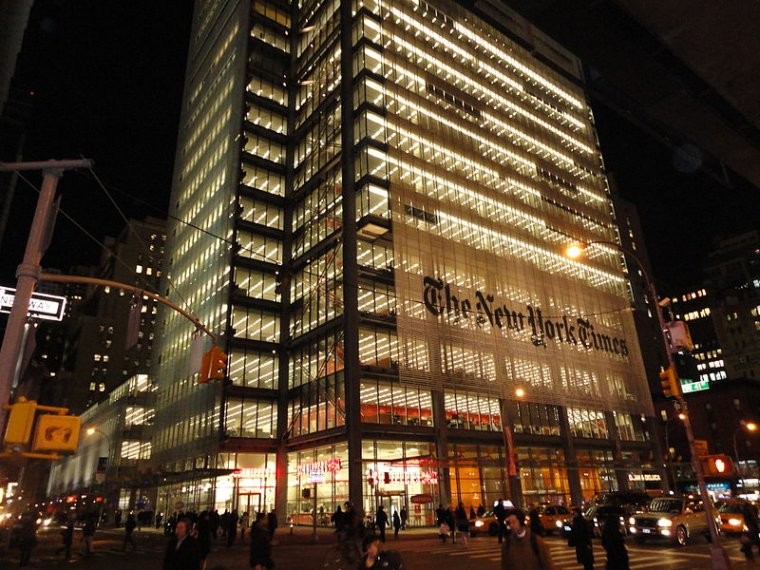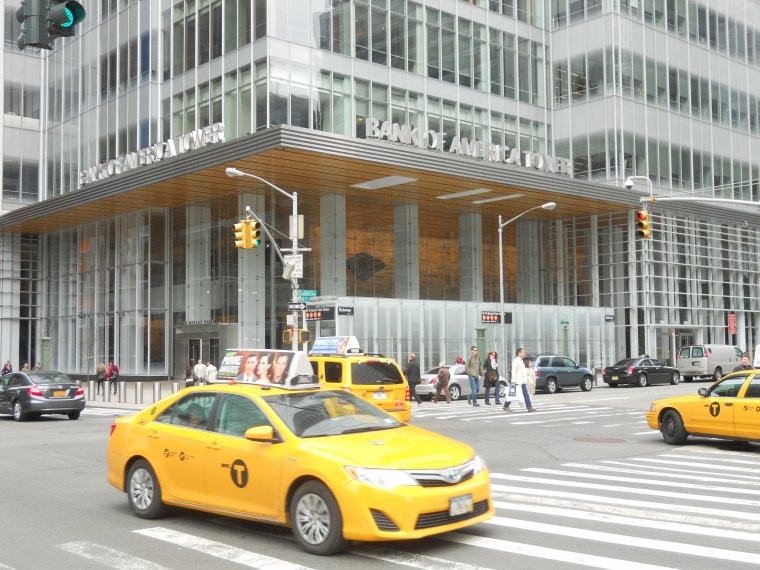Bank of America Wikipedia the free encyclopedia
Post on: 16 Март, 2015 No Comment

Footnotes / references
Bank of America (abbreviated as BofA ) is an American multinational banking and financial services corporation headquartered in Charlotte, North Carolina. It is the second largest bank holding company in the United States by assets. [ 5 ] As of 2013, Bank of America is the twenty-first largest company in the United States by total revenue. In 2010, Forbes listed Bank of America as the third biggest company in the world. [ 6 ]
The bank’s 2008 acquisition of Merrill Lynch made Bank of America the world’s largest wealth management corporation and a major player in the investment banking market. [ 7 ] According to the Scorpio Partnership Global Private Banking Benchmark 2014 it had assets under management (AuM) of 1,866.6 (USD Bn) an increase of 12.5% on 2013. [ 8 ]
The company held 12.2% of all bank deposits in the United States in August 2009, [ 9 ] and is one of the Big Four banks in the United States. along with Citigroup. JPMorgan Chase and Wells Fargo —its main competitors. [ 10 ] [ 11 ] Bank of America operates—but doesn’t necessarily maintain retail branches [ 12 ] —in all 50 states of the U.S. the District of Columbia and more than 40 other countries. It has a retail banking footprint that serves approximately 50 million consumer and small business relationships at 5,151 banking centers and 16,259 automated teller machines (ATMs). [ 3 ]
Bank of America has been the subject of several lawsuits and investigations regarding both mortgages and financial disclosures dating back to the financial crisis, including a record settlement of $16.65 billion on August 21, 2014. [ 13 ] [ 14 ] [ 15 ]
Contents
§ History [ edit ]
§ Bank of Italy [ edit ]
The history of Bank of America dates back to 1904, when Amadeo Giannini founded the Bank of Italy in San Francisco. The Bank of Italy served the needs of many immigrants settling in the United States at that time, a service denied to them by the existing American banks who were typically discriminatory and often denied service to all but the wealthiest. [ 16 ] Giannini was raised by his mother and stepfather Lorenzo Scatena, as his father was fatally shot over a pay dispute with an employee. [ 17 ] When the 1906 San Francisco earthquake struck, Giannini was able to save all deposits out of the bank building and away from the fires. Because San Francisco’s banks were in smoldering ruins and unable to open their vaults, Giannini was able to use the rescued funds to commence lending within a few days of the disaster. From a makeshift desk consisting of a few planks over two barrels, he lent money to those who wished to rebuild. [ 18 ] [ 19 ] [ 20 ]
In 1922, Giannini established Bank of America and Italy in Italy by buying Banca dell’Italia Meridionale, the latter established in 1918. [ 21 ]
In 1928, Giannini merged his bank with Bank of America, Los Angeles. headed by Orra E. Monnette and consolidated it with other bank holdings to create what would become the largest banking institution in the country. Bank of Italy was renamed on November 3, 1930, calling it Bank of America National Trust and Savings Association. which was the only such designated bank in the nation at that time. The resulting company was headed by Giannini and serving as co-Chairs. [ citation needed ]
§ Growth in California [ edit ]

Branch banking was introduced by Giannini shortly after 1909 legislation in California that allowed for branch banking in the state. Its first branch outside San Francisco was established in 1909 in San Jose. By 1929, the bank had 453 banking offices in California with aggregate resources of over US$1.4 billion. [ 22 ] There is a replica of the 1909 Bank of Italy branch bank in History Park in San Jose, and the 1925 Bank of Italy Building is an important downtown landmark. Giannini sought to build a national bank, expanding into most of the western states as well as into the insurance industry, under the aegis of his holding company, Transamerica Corporation. In 1953, regulators succeeded in forcing the separation of Transamerica Corporation and Bank of America under the Clayton Antitrust Act. [ 23 ] The passage of the Bank Holding Company Act of 1956 prohibited banks from owning non-banking subsidiaries such as insurance companies. Bank of America and Transamerica were separated, with the latter company continuing in the insurance business. However, federal banking regulators prohibited Bank of America’s interstate banking activity, and Bank of America’s domestic banks outside California were forced into a separate company that eventually became First Interstate Bancorp. later acquired by Wells Fargo and Company in 1996. It was not until the 1980s with a change in federal banking legislation and regulation that Bank of America was again able to expand its domestic consumer banking activity outside California.
New technologies also allowed credit cards to be linked directly to individual bank accounts. In 1958, the bank introduced the BankAmericard. which changed its name to Visa in 1977. [ 24 ] A consortium of other California banks introduced Master Charge (now MasterCard ) to compete with BankAmericard.
§ Expansion outside California [ edit ]
Following the passage of the Bank Holding Company Act of 1956. BankAmerica Corporation was established for the purpose of owning and operation of Bank of America and its subsidiaries.
Bank of America expanded outside California in 1983 with its acquisition of Seafirst Corporation of Seattle. Washington. and its wholly owned banking subsidiary, Seattle-First National Bank. Seafirst was at risk of seizure by the federal government after becoming insolvent due to a series of bad loans to the oil industry. BankAmerica continued to operate its new subsidiary as Seafirst rather than Bank of America until the 1998 merger with NationsBank.
BankAmerica experienced huge losses in 1986 and 1987 by the placement of a series of bad loans in the Third World. particularly in Latin America. The company fired its CEO, Sam Armacost. Though Armacost blamed the problems on his predecessor, A.W. (Tom) Clausen. Clausen was appointed to replace Armacost. The losses resulted in a huge decline of BankAmerica stock, making it vulnerable to a hostile takeover. First Interstate Bancorp of Los Angeles (which had originated from banks once owned by BankAmerica), launched such a bid in the fall of 1986, although BankAmerica rebuffed it, mostly by selling operations. It sold its FinanceAmerica subsidiary to Chrysler and the brokerage firm Charles Schwab and Co. back to Mr. Schwab. It also sold Bank of America and Italy to Deutsche Bank. By the time of the 1987 stock market crash. BankAmerica’s share price had fallen to $8, but by 1992 it had rebounded mightily to become one of the biggest gainers of that half-decade.
These mergers helped BankAmerica Corporation to once again become the largest U.S. bank holding company in terms of deposits, but the company fell to second place in 1997 behind North Carolina’s fast-growing NationsBank Corporation. and to third in 1998 First Union Corp.














